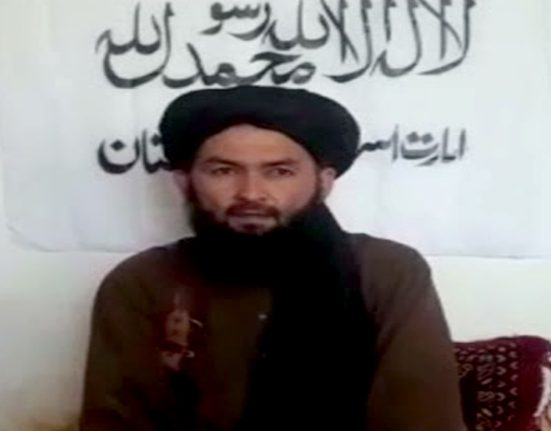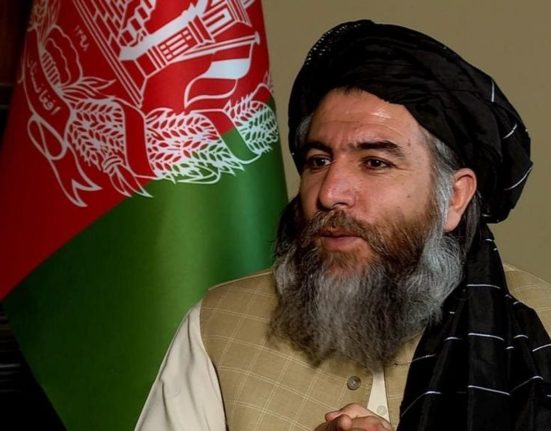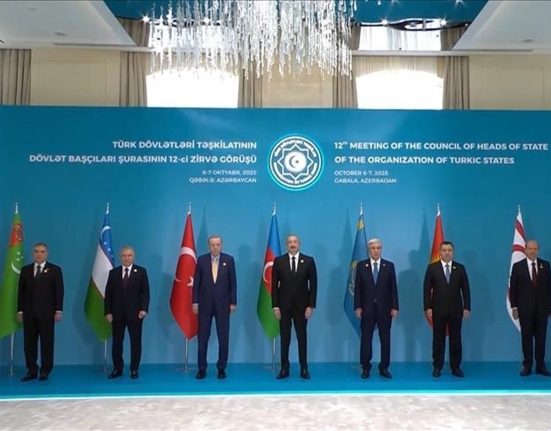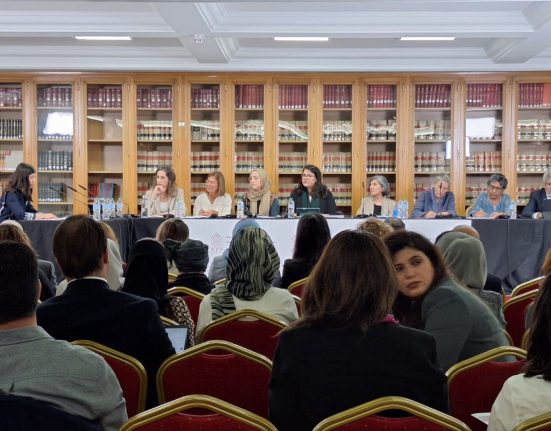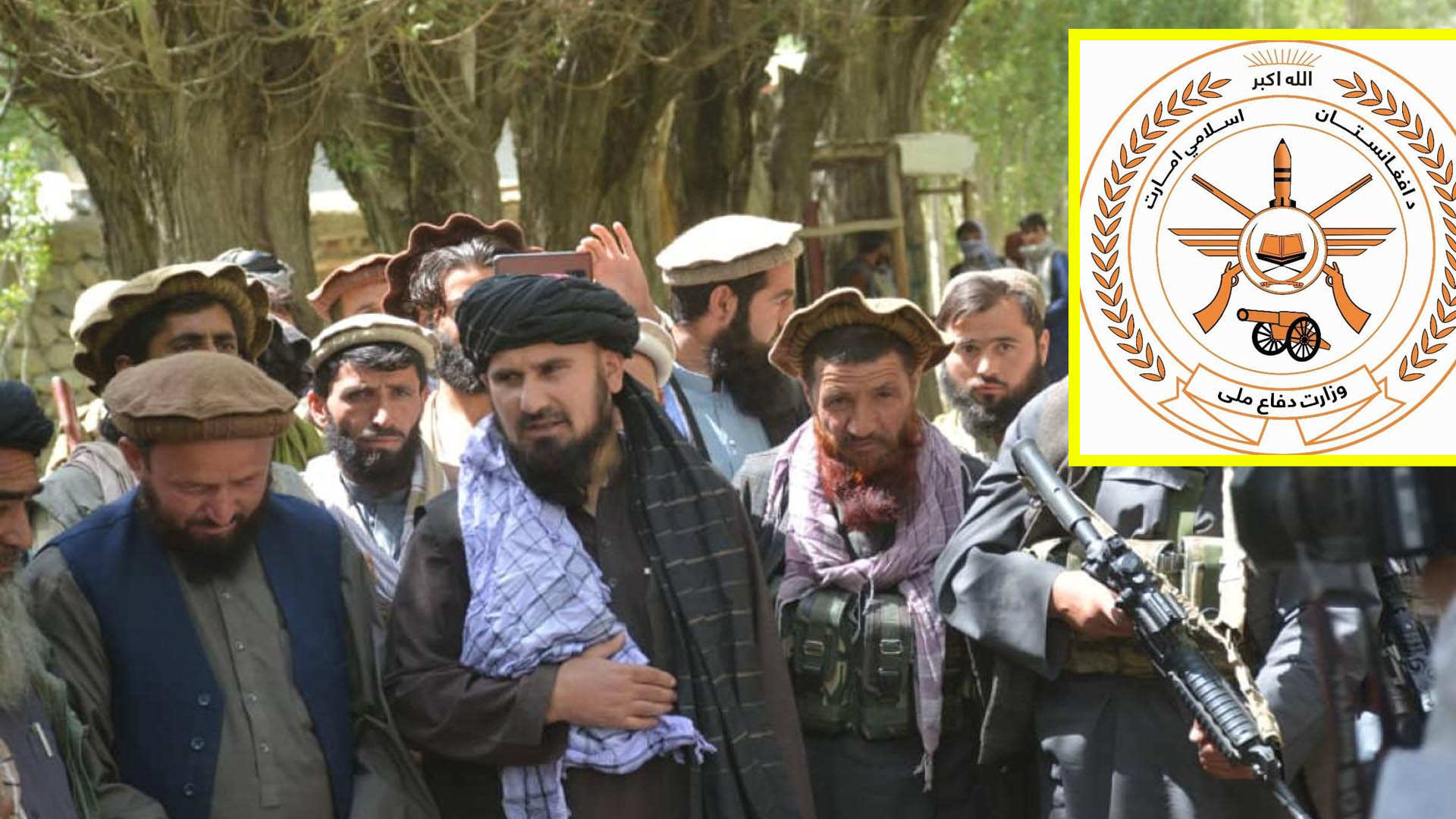
Kabul – According to documents leaked to the media from the Taliban Defense Ministry, the group has recently dismissed more than 4,000 of its military personnel from the official structure. Badakhshan tops the list of purges, with more than 1,000 dismissed, a decision that has been met with negative reactions from local Taliban in the north of the country.
Following Badakhshan, the provinces with the most dismissals are Kapisa, Parwan, and Takhar.
Those dismissed were mostly affiliated with known Taliban commanders, including Fasihuddin Fitrat (Chief of Army Staff), Abdul Qahar Mutawakil, Samiullah Rasool, and Maulvi Saifuddin Azizi. Many of these forces played a key role in seizing northern provinces during the fall of the previous government.
In response to the release of the documents, Taliban spokesman Zabihullah Mujahid confirmed that the “reduction” was done to reduce bureaucracy and improve administrative performance. However, an internal letter attributed to Taliban leader Haibatullah Akhundzada, published on March 14, cited budget cuts as the main reason for the decision. The letter ordered 20 percent of the personnel in the defense ministry, interior ministry, and intelligence directorate to be placed on “active reserve.”
A separate letter from Taliban defense minister Mullah Yaqub Mujahid also indicated that the dismissals were prioritized against individuals deemed “disliked and undesirable”—a vague term that has fueled speculation about political and ethnic cleansing within the Taliban.
The widespread dismissal of Badakhshan forces comes at a time when there are signs of discontent and internal divisions within the Taliban in the north of the country. Local sources have reported clashes in the district of Jurm between local Taliban and central forces.
The Badakhshan Taliban, who are predominantly ethnic Tajik, have accused the governor and other non-local officials of injustice and discrimination. A number of commanders, including Mullah Salahuddin Salar, have called for the governor’s removal and a review of the provincial leadership.
As tensions escalate, senior Taliban officials, including the army chief of staff and the intelligence chief, have traveled to Badakhshan to try to contain the crisis. The developments underscore once again the Taliban’s deep-rooted challenges in managing ethnic diversity and structural cohesion—challenges that could eventually undermine the group’s internal legitimacy.


